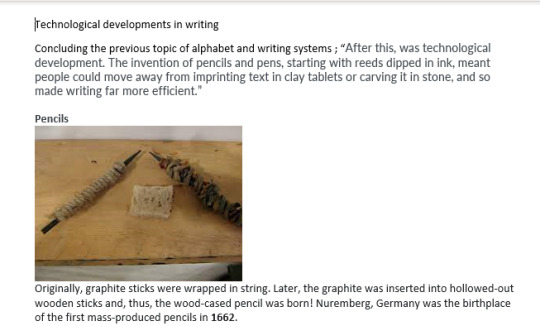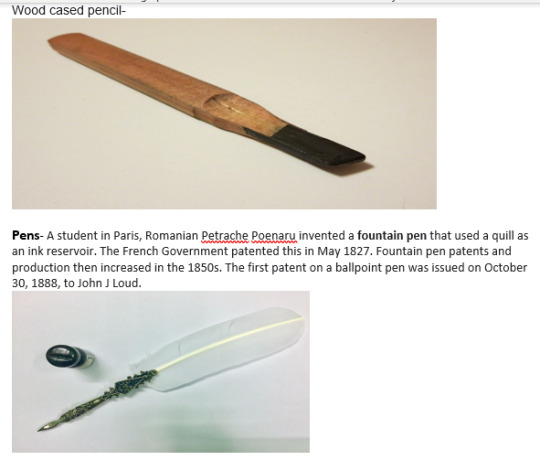I collect information on interesting topics and research them on the internet, to teach people something new everyday!
Don't wanna be here? Send us removal request.
Text
Printing
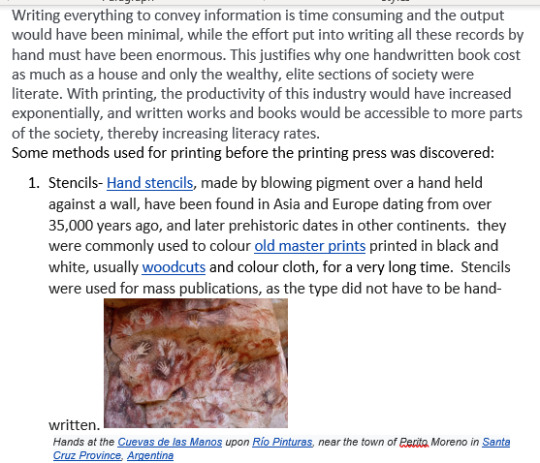
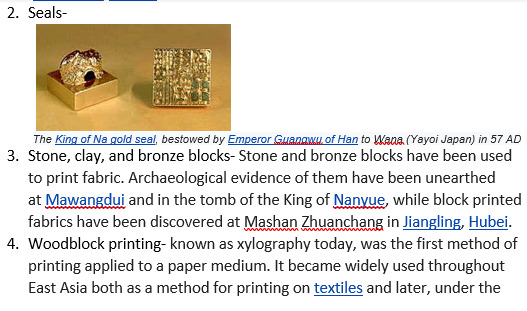
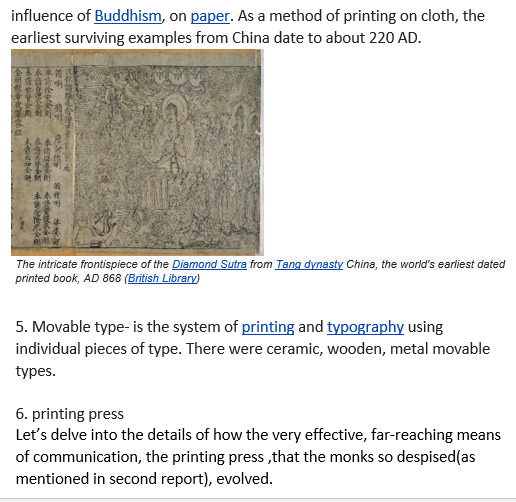
In the 15th century, an innovation enabled people to share knowledge more quickly and widely. ... Knowledge is power, as the saying goes, and the invention of the mechanical movable type printing press helped disseminate knowledge wider and faster than ever before.
PRINTING PRESS- A printing press is a mechanical device for applying pressure to an inked surface resting upon a medium (such as paper or cloth), thereby transferring an image.
How did printing presses come to be?
German goldsmith Johannes Gutenberg is credited with inventing the printing press around 1436, although he was far from the first to automate the book-printing process. Woodblock printing in China dates back to the 9th century and Korean bookmakers were printing with moveable metal type a century before Gutenberg.
But most historians believe Gutenberg’s adaptation, which employed a screw-type wine press to squeeze down evenly on the inked metal type, was the key to unlocking the modern age. With the newfound ability to inexpensively mass-produce books on every imaginable topic, revolutionary ideas and priceless ancient knowledge were placed in the hands of every literate European, whose numbers doubled every century.
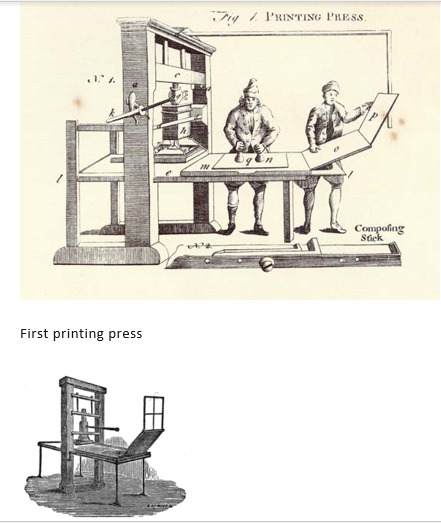
Gutenberg didn’t live to see the immense impact of his invention. His greatest accomplishment was the first print run of the Bible in Latin, which took three years to print around 200 copies, a miraculously speedy achievement in the day of hand-copied manuscripts. Gutenberg’s invention wasn’t profitable until there was a distribution network for books.
Distribution network for books
The ships left Venice carrying religious texts and literature, but also breaking news from across the known world. Printers in Venice sold four-page news pamphlets to sailors, and when their ships arrived in distant ports, local printers would copy the pamphlets and hand them off to riders who would race them off to dozens of towns.
Since literacy rates were still very low in the 1490s, locals would gather at the pub to hear a paid reader recite the latest news, which was everything from bawdy scandals to war reports. . Only the elite high-class were literate, so there weren’t many buyers for printed books. Suddenly, what had been a project to educate only the few wealthiest elite in this society could now become a project to put a library in every medium-sized town, and a library in the house of every reasonably wealthy merchant family.
The Industrial Revolution didn’t get into full swing in Europe until the mid-18th century, but you can make the argument that the printing press introduced the world to the idea of machines “stealing jobs” from workers.
Before Gutenberg’s paradigm-shifting invention, scribes were in high demand. Bookmakers would employ dozens of trained artisans to painstakingly hand-copy and illuminate manuscripts. But by the late 15th century, the printing press had rendered their unique skillset all but obsolete.
On the flip side, the huge demand for printed material spawned the creation of an entirely new industry of printers, brick-and-mortar booksellers, and enterprising street peddlers. Among those who got his start as a printer's apprentice was future Founding Father, Benjamin Franklin.
References:
https://www.history.com/news/printing-press-renaissance
https://cdn.britannica.com/43/120643-004-926C49EB/Illustration-Encyclopaedia-Britannica-printing-press-edition-stick.jpg
0 notes
Text
continuation of part 3
Parchment
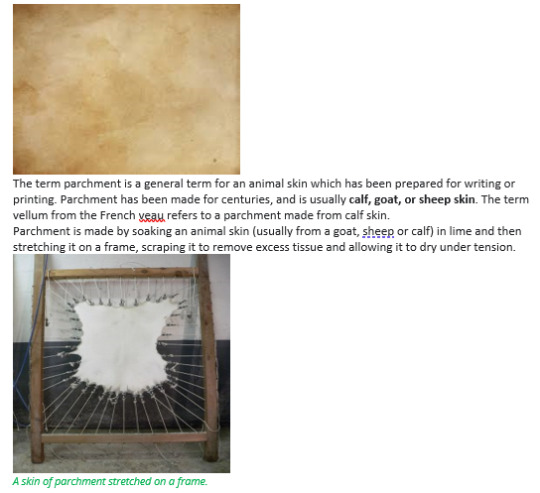
Paper
paper was originally invented mainly for purposes other than writing - such as wrapping expensive porcelain and as a toilet paper. As administrations grew large, paper's lightweight and inexpensiveness were appreciated and utilized for official communication in China. Later Islam & Christianity seized this idea to spread Quran and Bible at the heights of Arab and European civilizations respectively.
The information to be communicated had to be set on a lightweight and durable medium that was easily transportable. The invention of paper allowed papyrus and parchment to be replaced with a material that was easier and, with the advent of new production techniques, cheaper to make.
in papermaking, a dilute suspension consisting mostly of separate cellulose fibres in water is drained through a sieve-like screen, so that a mat of randomly interwoven fibres is laid down. Water is further removed from this sheet by pressing, sometimes aided by suction or vacuum, or heating. Once dry, a generally flat, uniform and strong sheet of paper is achieved.
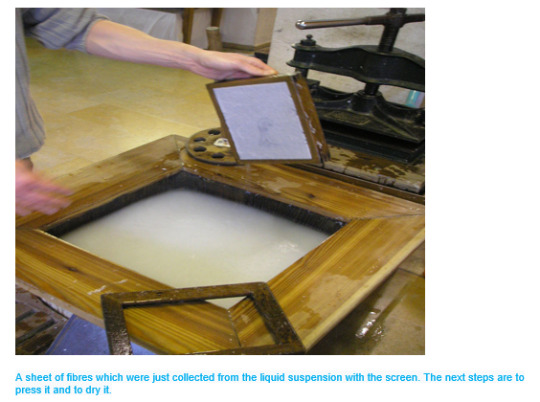
References:
https://www.pixartprinting.co.uk/blog/history-paper/
https://www.britannica.com/topic/papyrus-writing-material
https://www.google.com/url?sa=i&url=https%3A%2F%2Fcommons.wikimedia.org%2Fwiki%2FFile%3AParchment.00.jpg&psig=AOvVaw3oTNVzbkG6uY3SluyP7XPh&ust=1636886282942000&source=images&cd=vfe&ved=0CA0Q3YkBahcKEwjo5Z_fkpX0AhUAAAAAHQAAAAAQLg
0 notes
Text
part 2
To continue the topic previously discussed, we proceed to go deeper into detail about Writing Systems. Once people developed a habit to write down to preserve and pass on information, different writing systems developed.
Spoken language is believed to have evolved tens of thousands of years before the written form. Evidence of the earliest roots of writing comes from around 3000BC, in the Egyptian and Mesopotamian eras, and separately around the same time in China.
Symbolic communication systems(cuneiform) are distinguished from writing systems. With writing systems, one must usually understand something of the associated spoken language to comprehend the text. In contrast, symbolic systems, such as information signs, painting, maps, and mathematics, often do not require prior knowledge of a spoken language.
There are considered to be three writing criteria for all writing systems.
1. writing must be complete. It must have a purpose or some sort of meaning to it. A point must be made or communicated in the text.
2. all writing systems must have some sort of symbols which can be made on some sort of surface, whether physical or digital.
3. The symbols used in the writing system must mimic spoken word/speech, in order for communication to be possible.
The Sumerians(Sumer, southern Mesopotamia) first invented writing as a means of long-distance communication which was necessitated by trade. The span of recorded history is roughly 5,000 years, beginning with the Sumerian cuneiform script, with the oldest coherent texts from about 2600 BC.
Developmental stages of writing
A conventional "proto-writing to true writing" system follows a general series of developmental stages:
(*Proto-writing consists of visible marks communicating limited information.)
· Picture writing system: glyphs (simplified pictures) directly represent objects and concepts. In connection with this, the following substages may be distinguished:
o Mnemonic: glyphs primarily as a reminder.
o Pictographic: glyphs directly represent an object or a concept such as (A) chronological, (B) notices, (C) communications, (D) totems, titles, and names, (E) religious, (F) customs, (G) historical, and (H) biographical.
o Ideographic: graphemes are abstract symbols that directly represent an idea or concept.
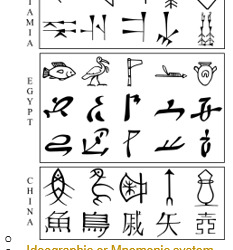
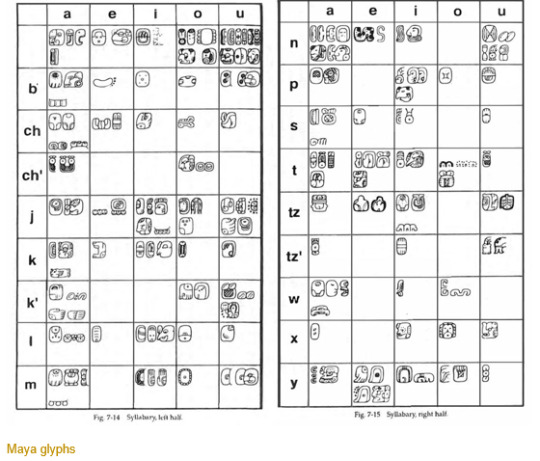
· Transitional system: graphemes refer not only to the object or idea that it represents but to its name as well.
· Phonetic system: graphemes refer to sounds or spoken symbols, and the form of the grapheme is not related to its meanings. This resolves itself into the following substages:
o Verbal: grapheme (logogram) represents a whole word.
o Syllabic: grapheme represents a syllable.
o Alphabetic: grapheme represents an elementary sound.
So how did we end up here? Let’s run through how we started off with the Symbolic system and gradually transitioned into the Phonetic writing system.
Human civilisation started off with a symbolic representation called ‘cuneiform’. Cuneiform is a writing style that developed in the Middle East among the Sumerian and Babylonian people and used symbols to represent sounds rather than the things they were describing. It must have been very hard to have a symbolic representation for everything. Apart from Nouns and few verbs, it would have been a gruelling feat to create symbols for what you wanted to communicate. Moreover, it is even harder to ensure that you can get your message across to other people without a miscommunication.
There are still examples of this script today, one of which was found to feature a tale remarkably similar to that of Noah and the Ark in the Bible. George Smith, who translated the Flood Tablet and its story of Utnapishtim – who survived a great flood by building a huge boat – was so excited when he realised what it said he ran screaming out of the building, peeling his clothes off as he went.
Other early writing systems included Egyptian hieroglyphics, which were only translated following the discovery of the Rosetta Stone. Elsewhere, a stone tablet covered in script discovered in Mexico is estimated to date back 3,000 years.
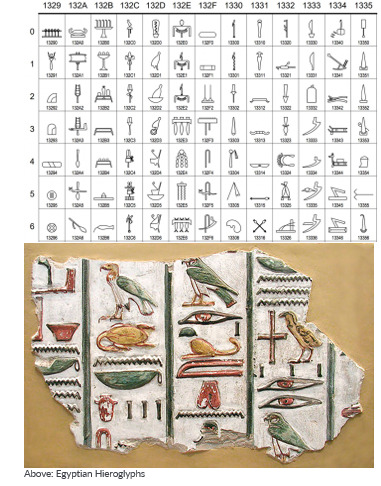
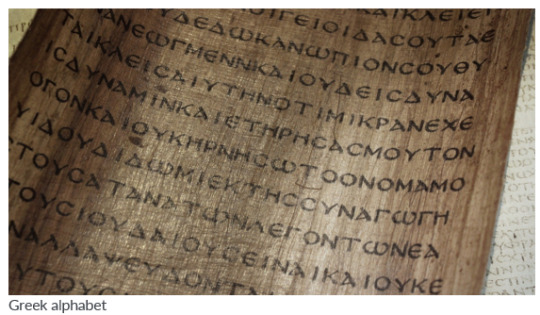
The first evidence of an alphabet like the one we know today being used was the Phoenician alphabet. The system used symbols to represent consonants and was spread across the Mediterranean by the travelling merchants who used it to keep records. From this alphabet came the Aramaic script and the Greek alphabet, which led to the Latin one we use today that features symbols for both consonants and vowels.
After this, was technological development. The invention of pencils and pens, starting with reeds dipped in ink, meant people could move away from imprinting text in clay tablets or carving it in stone, and so made writing far more efficient.
Fast forward to now , we have progressed to recording most of our information on electronic devices. Typing has become our new writing. One can only imagine what method we might be using 1000 years later.
Glossary, side notes
ROSETTA STONE: a black basalt stone found in 1799 that bears an inscription in hieroglyphics, demotic characters, and Greek and is celebrated for having given the first clue to the decipherment of Egyptian hieroglyphics
Proto-writing consists of visible marks communicating limited information.
Fun facts
The world’s first writing system was tiny because Cuneiform, the Sumerian writing system that emerged from Mesopotamia 5000 years ago, was usually etched into clay tablets that were often only a few inches wide.
There is an entire file devoted to reading handwriting. Paleographers study for years to specialize in particular scripts used in a certain time and certain context, such as medieval book scripts or 18th century legal documents.
Monks did not like, or approve of printing presses.
The 15th century monk Johannes Trithemius defended the need for handwriting in his essay "In Praise of Scribes." He claimed that while scripture could last 1000 years, the printed book was "thing of paper and in a short time will decay entirely." Printing would make books unsightly and introduce spelling errors, and he predicted that history would judge "the manuscript book superior to the printed book." It had nothing to do with him losing his once-steady job to a machine, no. Indeed, Martin Luther complained of books much like people today complain about the quality of writing online, saying "the multitude of books is a great evil. There is no measure or limit to this form of writing."
References
https://en.wikipedia.org/wiki/History_of_writing#Writing_systems
https://www.languageinsight.com/blog/2019/a-short-history-of-writing/
https://www.mentalfloss.com/article/88517/9-handy-facts-about-history-handwriting
https://www.merriam-webster.com/dictionary/Rosetta%20stone
https://www.google.com/url?sa=i&url=https%3A%2F%2Fwww.mexicolore.co.uk%2Fmaya%2Fteachers%2Fresource-fun-with-mayan-glyphs&psig=AOvVaw3UfqvVEqsX8zV07fjEesf1&ust=1634656920430000&source=images&cd=vfe&ved=0CAsQjRxqFwoTCPiWhNyh1PMCFQAAAAAdAAAAABAJ
0 notes
Text
Writing- preserving our collective memory
Being students, writing is something that is a major part of all of our days. The large amount of information given to us everyday needs to be documented in some way, it is for future reference, and we believe that it helps the information remain in our brain for a longer time.
With the invention of writing, human beings made the transition from a prehistoric culture to a historic one. Writing enables us to record the past for the benefit of generations yet to come.
Writing was first used to document trade transactions, a task that seems to have taken precedence over the drafting of chronicles to record the innermost thoughts of our distant ancestors.
The earliest know examples of writing were discovered in the Sumerian city of Uruk in Mesopotamia, thought to have been produced in about 33000 BC.
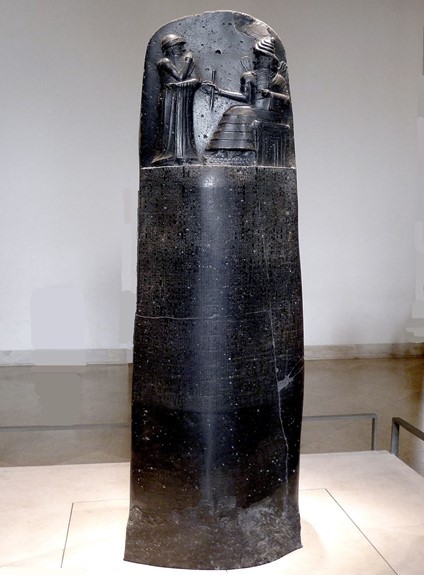
The Code of Hammurabi, is the world’s oldest recorded complete code of laws. It is in cuneiform script.it was created in 1700 BC, under the rule of King Hammurabi.
The first writing systems were pictographic. The symbol to eat was a head next to a bowl and other such very literal depictions were used. As the use of a blunt reed called stylus to scratch symbols into clay became widespread, writing became wedge- shaped which gave rise to the name cuneiform (meaning: wedge- shaped). This cuneiform script makes the Logographic system, where a single word is represented by one symbol. Unsurprisingly, the stock and the sheer amount of symbols became too large. Chinese, for example has the logographic system and has 50,000 symbols of which 4000 to 7000 are in common use. This explains why the development of alphabetical writing systems was very necessary and revolutionary. It is even regarded as being of equal importance to the invention of the wheel (No pun intended).
The most widespread writing system is the alphabetic system. It is phonographic, which means they record sounds, although sounds and writing don’t always coincide. But the writing system has a major advantage as we can reproduce an infinite number or utterances with a limited set of letters.
0 notes
